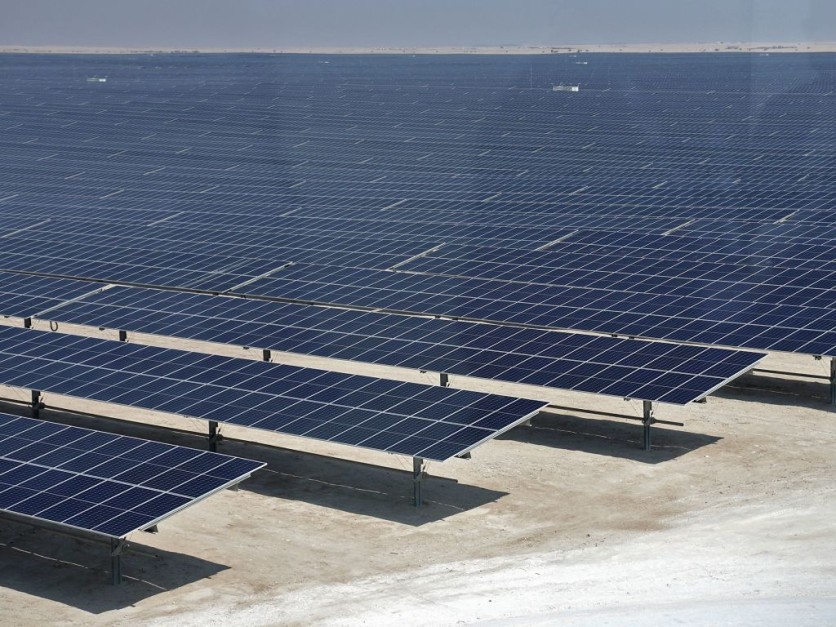Physics researchers at Lund University in Sweden have successfully created nanowire solar cells, which are tiny solar radiation-collecting antennas that are more compatible with the solar spectrum than current silicon solar cells, as per a press release.
The nanowires will now be put for testing on satellites powered by solar cells. The efficiency and low weight will be the most crucial element of the novel tech.

The team claims that the nanowires are light and need little material per unit of area. The new solar cells were recently launched to orbit as well.
"The big challenge was to get the current to transfer between the materials. It took more than ten years, but it worked in the end," Magnus Borgström, professor of solid state physics, said in a statement.
Tandem Solar Cells
Tandem solar cells, which now only exist on satellites and are the focus of in-depth research, are solar cells with various band gaps. The research team's goal is to significantly boost efficiency by doubling commercially available silicon solar cells.
These solar cells are most frequently constructed by synthesizing various semiconducting materials that can absorb different wavelengths of the solar spectrum on top of one another.
The approach taken by the researchers at Lund is somehow different. They have created a technique whereby they assemble incredibly thin semiconducting rods on a substrate.
The benefit, according to the team, is that there is less material per unit area, which might lower production costs and make the product a more sustainable option.
Read also : ESA's Solaris Program Will Study 24/7 Space-Based Solar Energy to Potentially Send Solar Farms Into Space
Testing Efficiency
The three components that make up the rods' nanometer-thickness are varying ratios of indium, arsenic, gallium, and phosphorus. The researchers have so far managed a 16.7% efficiency in the lab.
Yang Chen, one of the members of the team, has demonstrated that the nanowire solar cells could achieve 47% efficiency with their current design.
The team's next step is to optimize the triple diodes by enhancing the tunnel junctions that link the various components of the structure and decreasing the impact of the nanowire's surface.
The nanowire solar cells are distinguished by their durability and enhanced light absorption. The team claims that it can endure harmful radiation in space better than film-based tandem solar cells.
According to Magnus Borgström, tandem solar cells may eventually be used on Earth, but for the time being, silicon-free solar cells are probably only going to be used in niche applications like clothes and windows.
Related Article : California's Recent Solar Energy Proposal Offers Millions of Dollars of Support for Low-Income Households

ⓒ 2025 TECHTIMES.com All rights reserved. Do not reproduce without permission.




